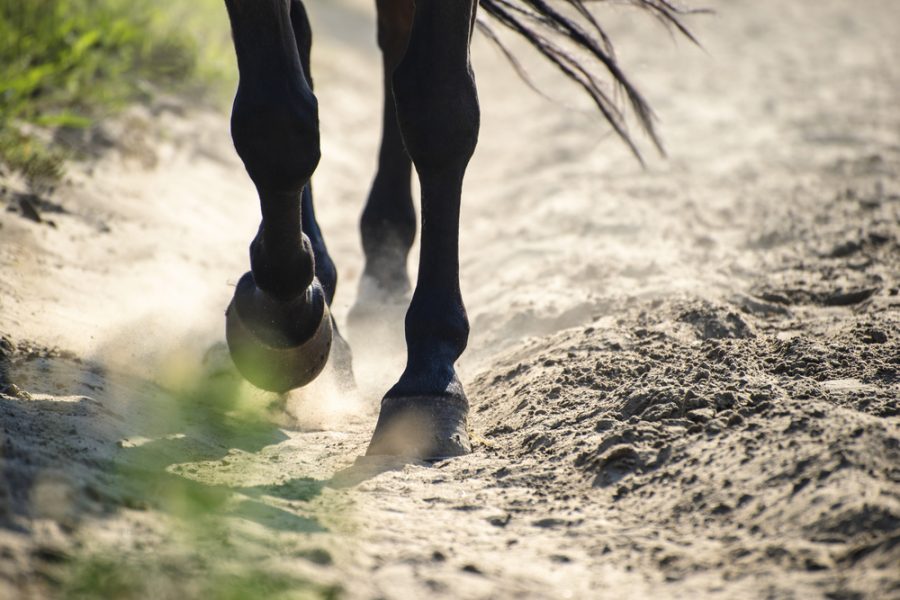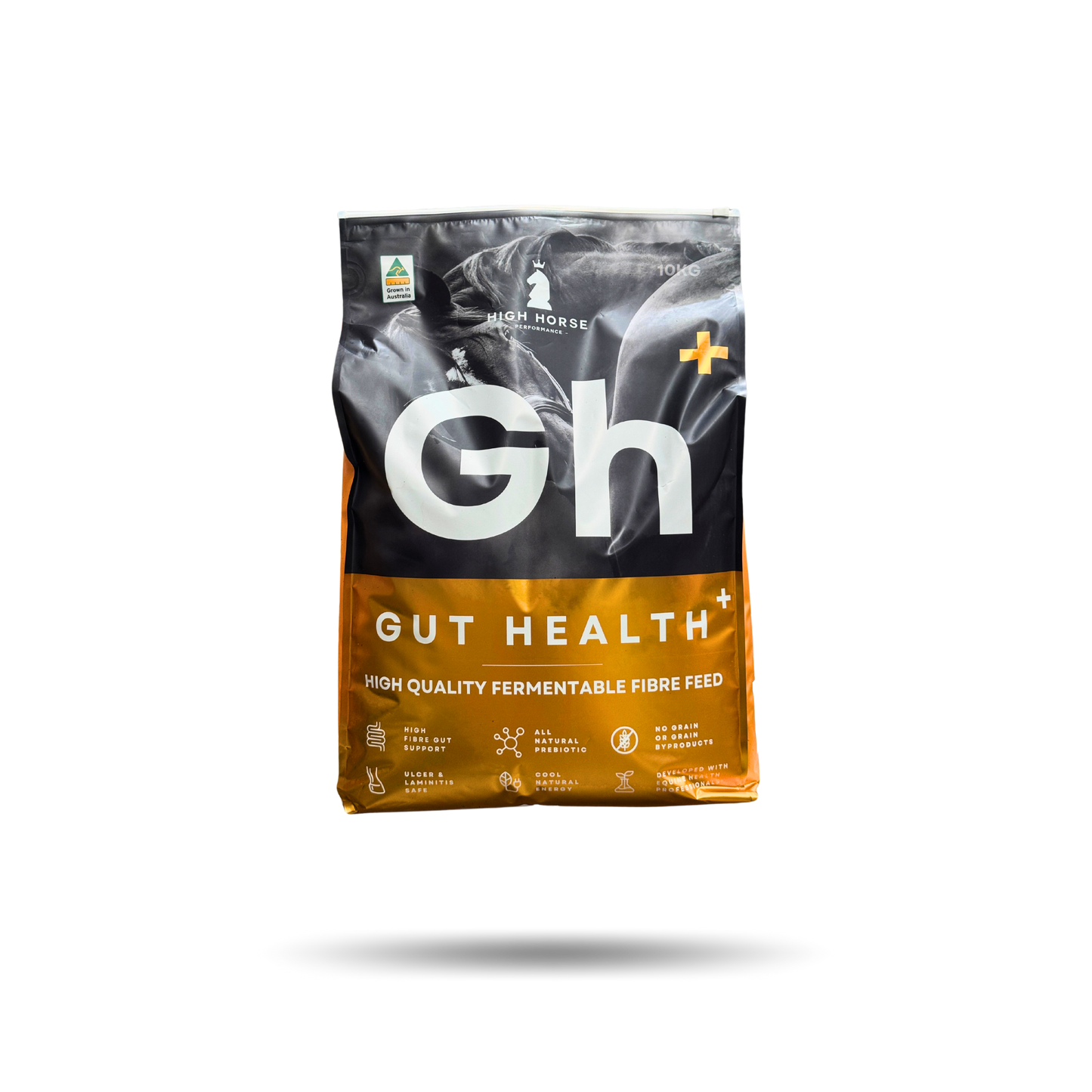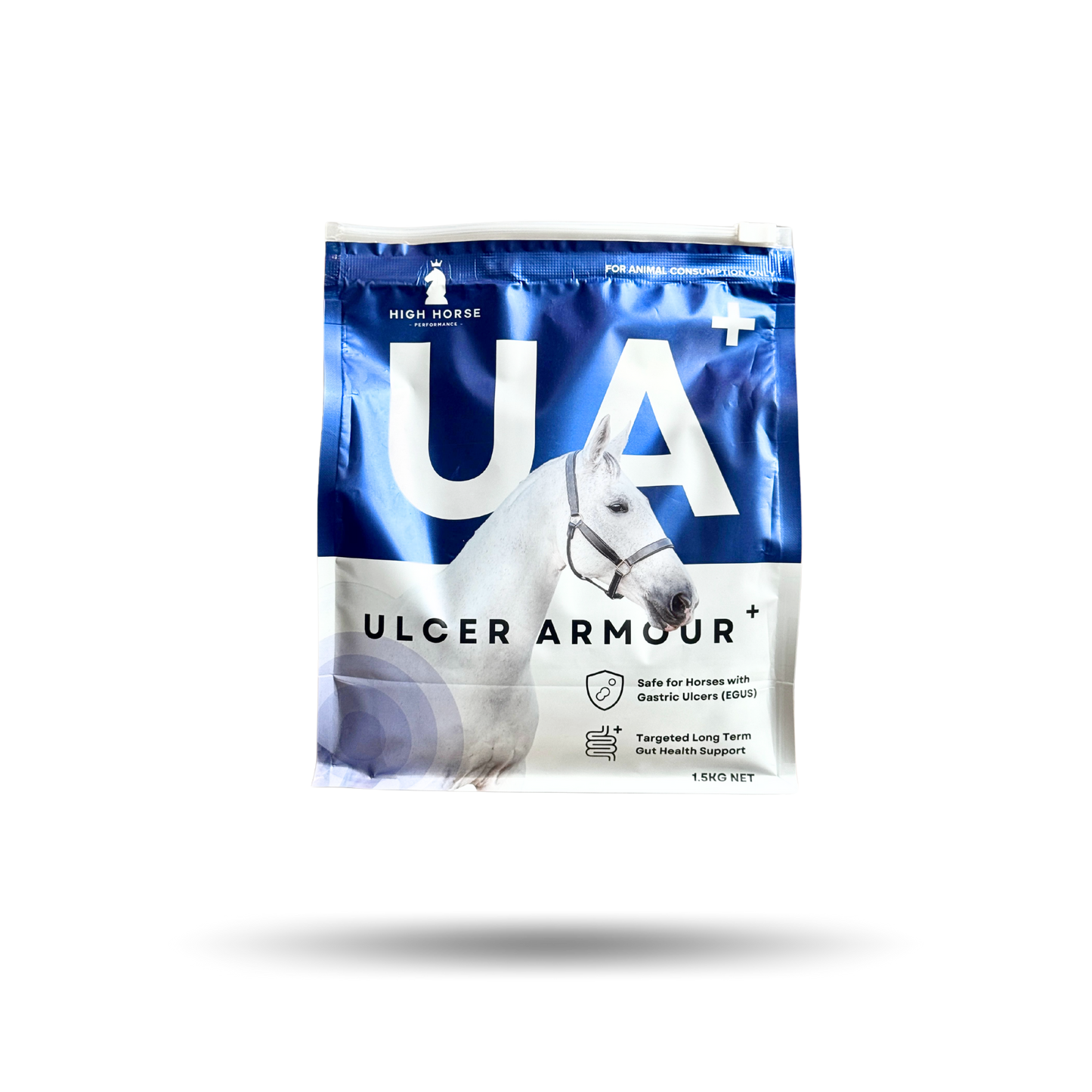Buy your weekday smoothies and get your weekend ones for free. (7 for the price of 5!)

Understanding Laminitis in Horses: Signs and Prevention Tips
By the High Horse Team
August 20, 2024
Reading Time: 5 min
Laminitis is one of the most painful and challenging hoof conditions that horses can experience. It's a term no horse owner wants to hear from their vet, as it can be life-threatening in severe cases.
What is Laminitis? |
|
|
Laminitis is an inflammatory disease affecting the laminae, the soft tissues that connect the coffin bone to the hoof wall. This condition can cause intense pain and lameness, and in extreme cases, it may lead to the coffin bone rotating or sinking within the hoof—a situation known as founder. While the terms "laminitis" and "founder" are often used interchangeably, they refer to different stages of the disease. Laminitis generally describes the initial, acute phase, while founder refers to the chronic, long-term effects. |
 |
Causes and Risk Factors
Laminitis can be triggered by a variety of factors, including:
- Metabolic Disorders: Conditions such as Equine Metabolic Syndrome (EMS) and Pituitary Pars Intermedia Dysfunction (PPID), commonly known as Cushing’s disease, significantly increase the risk.
- Systemic Inflammatory Events: Overindulgence in grain or illnesses like Potomac horse fever can spark widespread inflammation, leading to laminitis.
- Mechanical Stress or Injury: Excessive strain on the hooves, particularly in overweight horses or those with neglected hoof care, can also cause laminitis.
Recognising the Signs of Laminitis
Early detection is crucial for managing laminitis. Signs to watch for include:
- Severe pain in the affected hooves
- Shifting weight from one forefoot to the other
- Adopting a "sitting" position to reduce pressure on the front hooves
- Strong, rapid digital pulses in the affected feet
- Increased respiratory rate, slight fever, and general discomfort
Treatment Options
Once symptoms of laminitis are visible, the damage to the hoof is already in progress. Immediate action is necessary to mitigate further harm. Icing the horse's lower limbs as soon as signs appear can help reduce the severity of the condition. Alongside this, various medications can be used to manage pain and inflammation, while specialised trimming and shoeing techniques can support the hoof and prevent further rotation of the coffin bone.
Prevention Strategies
Preventing laminitis is always preferable to treating it. Here are some strategies to reduce the risk:
- Know Your Horse's Risk Profile: Horses that are overweight, inactive, or have metabolic conditions like EMS or PPID are at higher risk. Regular veterinary check-ups can help you monitor and manage these conditions effectively.
- Control Access to Pasture: Lush, green pastures are a common cause of laminitis due to their high sugar content. Consider using a grazing muzzle or creating a dry lot to limit your horse's intake of fresh grass.
- Manage Diet: Beyond pasture, be cautious with the sugars and starches in your horse's diet. Opt for feeds specifically designed to be low in carbohydrates and consider having your hay tested for sugar content. Replace sugary treats like apples with safer alternatives like celery.
- Maintain a Healthy Weight: Obesity is a significant risk factor for laminitis. Work with your vet to develop a weight management plan that includes both diet and exercise.
- Monitor for PPID: Particularly in older horses, PPID is a common condition that requires careful management. If you notice signs such as a persistent coat or excessive thirst, consult your vet for testing and possible treatment with medications like pergolide.
- Regular Hoof Care: Keeping your horse on a consistent farriery schedule is essential. Overgrown or unbalanced hooves can exacerbate the risk of laminitis.
What to Do if Your Horse Shows Signs of Laminitis

If you suspect your horse is developing laminitis, it’s critical to act quickly:
- Call the Vet: Immediate veterinary attention is necessary.
- Start Icing the Hooves: Research suggests that immersing your horse’s lower limbs in ice water can help halt the progression of laminitis. This involves placing the horse’s hooves in a slurry of ice and water, maintaining a temperature between 4 and 10 degrees Celsius, for at least 24 hours.
Keeping a supply of ice and appropriate containers on hand can make it easier to start treatment quickly if needed. While specialised ice boots are ideal, sturdy buckets or bins can also work in a pinch.
Final Thoughts
Laminitis is a serious condition that requires immediate attention and proactive management. By recognising the early signs and understanding the risk factors, you can take steps to prevent laminitis or minimise its impact. Always consult with your vet at the first indication of hoof pain to ensure the best possible outcome for your horse.
Author Bio:
The High Horse Team is dedicated to providing expert advice and premium equine nutrition products to support the health and well-being of horses across Australia. Visit High Horse to learn more about how we can help you keep your horse healthy and happy.







